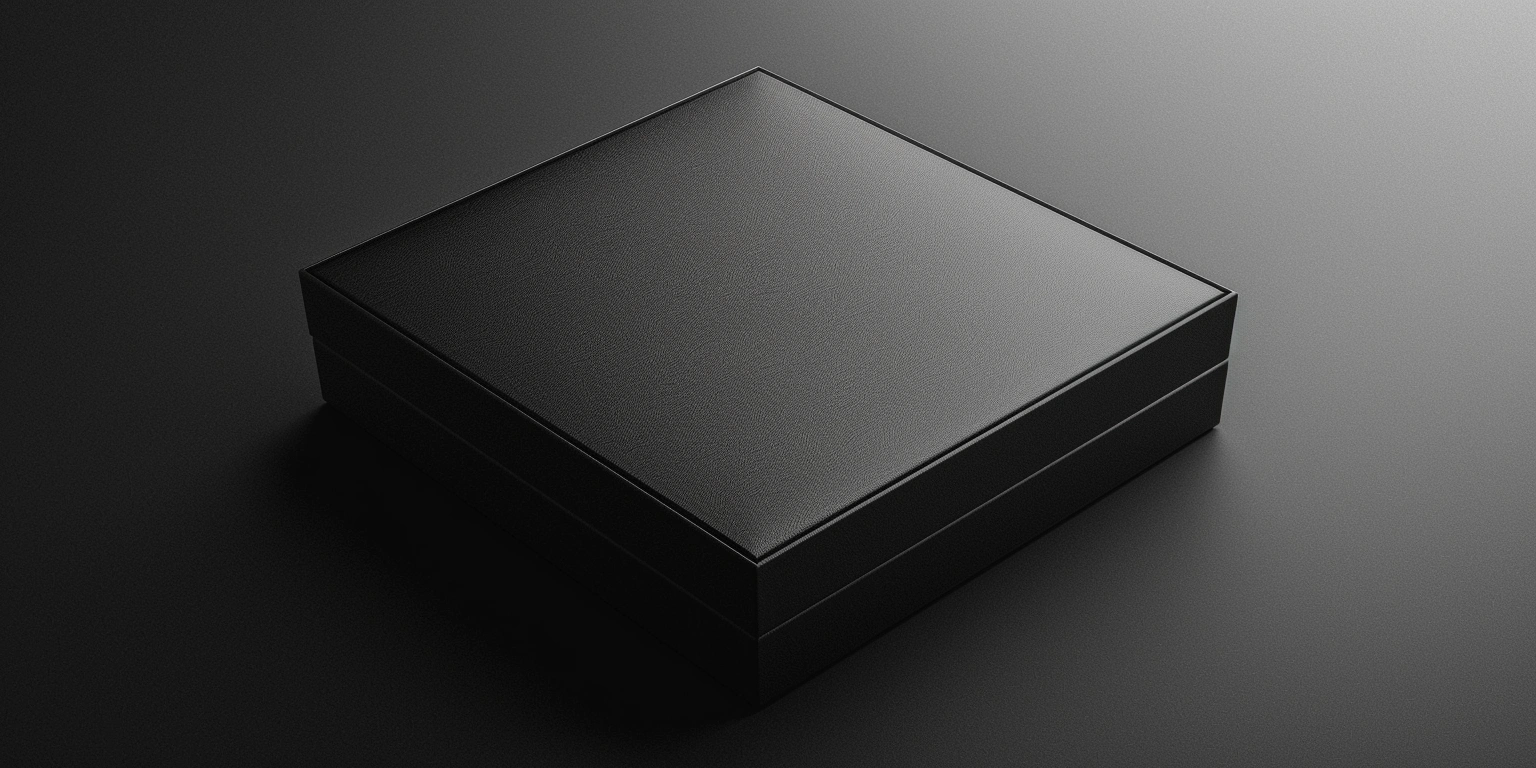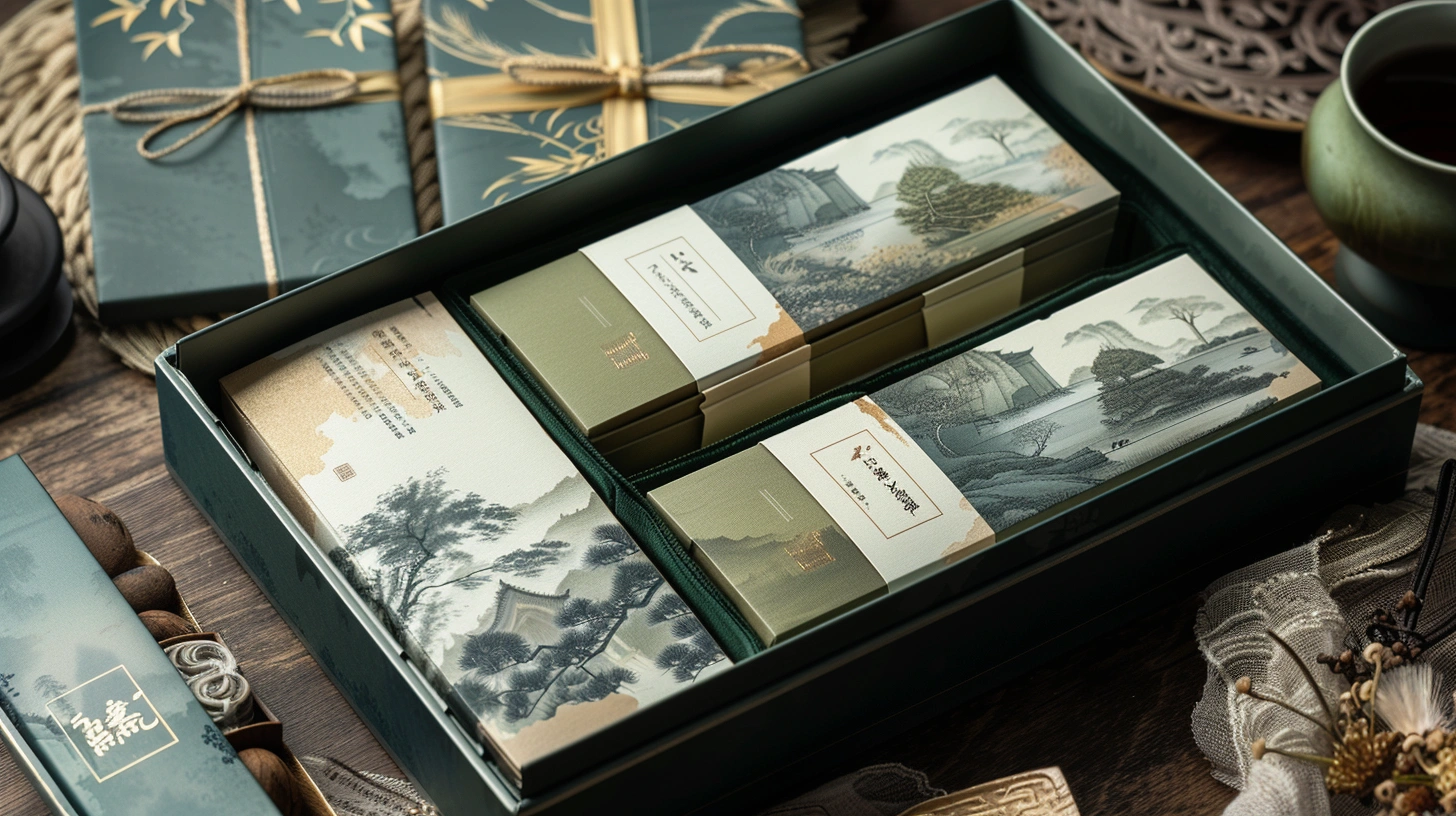
Bird Supply Packaging Solutions: The Application of XrheaBox in Convenience and Organization
Lead — conclusion: Centerlined white/metallic coverage, locked 2D layouts, and a returns→artwork feedback loop make bird-supply packs easier to organize and pick while preserving pharma-grade controls for regulated SKUs.
Lead — value: FPY moved from 94.1% to 97.6% (Δ+3.5 pts) at 160–180 m/min on PP/foil and SBS—under change control and sample size N=126 lots—so warehouse bin accuracy rose from 96.2% to 99.0% (N=8,942 picks, e‑commerce channel).
Lead — method (3 actions): 1) set coverage windows with press centerlining; 2) enforce DMS layout locks for 2D; 3) route returns to a same-day artwork CAPA with barcode re‑validation.
Lead — evidence anchor: ΔE2000 P95 ≤1.8 (ISO 12647-2 §5.3) and ANSI/ISO scan Grade ≥B for GS1 DataMatrix (ISO/IEC 15415); nonconformity record DMS/RET‑2025‑022 closed under ISO 9001:2015 §8.7.
Metallic/White Coverage Targets for Pharma
Outcome: Setting 22–28% white underprint and 2.6–3.0 g/m² metallic laydown on PP sachets for veterinary supplements held ANSI/ISO barcode Grade ≥B at 180–200 m/min while reducing lot scrap by 2.3% (P95, N=44 lots).
Data
InkSystem: low‑migration LED‑UV flexo (385–395 nm); energy 1.3–1.5 J/cm² per station; anilox 3.5–4.0 cm³/m² for white, 2.0–2.2 cm³/m² for metallic. Substrate: 25–30 µm PET/12 µm Al/60 µm PP laminate and 300–350 g/m² SBS. Line speed: 180–200 m/min; dryer setpoint 45–50 °C. Target opacity ≥82% (Y tristimulus, D50/2°), ΔE2000 P95 ≤1.8 vs master (N=20 pulls/lot). Quiet zone kept ≥1.0 mm; X‑dimension 0.4–0.5 mm for GS1 DataMatrix.
Clause / Record
Applies to pharma-adjacent pet nutrition in EU retail: ISO 15378 GMP for packaging materials; EU 1935/2004 and 2023/2006; GS1 General Specifications v23; BRCGS Packaging Materials Issue 6. Artwork and coverage masks filed under DMS/ART‑2025‑041 (Region: EU).
Steps
- Process tuning: centerline coverage windows—white 22–28%, metallic 2.6–3.0 g/m²; adjust doctor‑blade angle 28–32° and nip 2.0–2.2 bar to keep mottle ≤0.5 units (TAPPI scale).
- Process governance: lock the coverage presets to SKU families; allow ±5% window changes only via ECR (Engineering Change Request) with dual sign‑off.
- Inspection calibration: weekly spectro check with ceramic tile; ΔE2000 drift ≤0.3 @ D50/2°; barcode verifier ISO/IEC 15426‑1 calibration record QCL/VER‑019.
- Digital governance: store white masks as vector layers; checksum verified on ingest to DMS; version tied to plate ID and anilox ID.
Risk boundary
Level‑1 rollback: if opacity <82% or ΔE2000 P95 >1.8, reduce speed to 150–160 m/min and raise LED dose to 1.6 J/cm². Level‑2 rollback: if ANSI Grade <B (ISO/IEC 15415) persists for 2 lots, revert to previous coverage recipe and quarantine stock per ISO 15378 CAPA.
Governance action
QMS change control and BRCGS internal audit rotation; Owner: Process Engineer (L. Chen). Note for channel fit: format variants include custom packaging pouches for clinic samples and SBS cartons for retail.
Customer mini‑case
Clinic twin‑pack SKU used a serialized DataMatrix and a tamper film. The label master—XrheaBox label sticker Rev. R21—hit opacity 84–86% and ΔE2000 P95 1.6 (N=6 lots), avoiding replates during a 10,000‑unit pilot (DMS/CASE‑R21‑PKG).
Artwork Migration to 2D Codes: Layout Locks
Risk: Without layout locks, 2D migration reduces A‑grade scans at higher speeds; locking symbol size, quiet zone, and finder contrast held Grade A at 98.7% scan success (N=12,480, 180–220 m/min).
Data
Module size 0.40–0.50 mm; quiet zone 1.0–1.5 mm; print contrast signal (PCS) ≥0.75 on SBS, ≥0.70 on PP. InkSystem: LED‑UV low‑migration; dwell 0.8–1.0 s cumulative under 385–395 nm. Substrates: 300–350 g/m² SBS and 60 µm PP. Registration ≤0.15 mm; ΔE2000 P95 ≤1.8 (ISO 12647‑2).
Clause / Record
GS1 General Specifications v23 and ISO/IEC 15415 grading; verifier ISO/IEC 15426‑1 certified (CERT/V‑1127). Artwork lock SOP DMS/BAR‑2025‑009; Region: EU retail and e‑commerce.
Steps
- Process tuning: apply 12–16% dot‑gain compensation to black channel carrying 2D; stabilize impression to avoid module bridging.
- Process governance: enforce layout locks (X‑dimension, quiet zone, symbol location) through the DMS template; prohibit manual rescale.
- Inspection calibration: verify ANSI/ISO grades (A/B) every 5,000 sheets or 1,500 m of web; maintain verifier aperture 10 mil per ISO/IEC 15415.
- Digital governance: e‑sign artwork releases; retain checksum and GS1 Application Identifier map in DMS; automatic reject if checksum mismatch.
Risk boundary
Level‑1 rollback: if scan Grade drops to B and quiet zone <1.0 mm, increase module to 0.50 mm and reduce speed by 10%. Level‑2 rollback: if Grade C occurs on two consecutive pallets, revert to 1D+2D hybrid label and open CAPA.
Governance action
Monthly Management Review of scan KPIs; Owner: Artwork Lead (S. Patel). Benchmark note: brands asking who are the best custom cosmetic packaging manufacturers use identical GS1 locks to keep retail scanners compliant.
CapEx vs OpEx Assumptions and Ranges
Economics: LED‑UV retrofit (CapEx USD 180k–240k per 8‑color press) competes with outsourced white pre‑print (OpEx USD 0.06–0.09/m²); at 1.8–2.2 million m²/year, modeled payback is 12–18 months.
Data
Current energy 0.42–0.55 kWh/m² with mercury UV vs 0.26–0.33 kWh/m² with LED; cure dose 1.3–1.5 J/cm²; speed maintained 170–190 m/min on PET/PP/SBS. Maintenance hours drop from 10–12 h/month to 4–6 h/month (N=3 presses). White outsource lead time adds 3–5 days (N=9 POs).
Clause / Record
Energy tracking per ISO 50001 practice; CE compliance declarations on retrofit modules (REC/CE‑2025‑LED‑03). Procurement analysis file FIN/CAPEX‑024 stored in DMS.
Steps
- Process tuning: validate cure window post‑retrofit—dose 1.3–1.5 J/cm²; web temp rise ≤12 °C; adhesion pass ISO 2836 (ethanol/mech rub).
- Process governance: add volume gate—if forecast <1.5 million m²/year, keep OpEx path; else raise CapEx to approval.
- Inspection calibration: calibrate inline energy meters quarterly; acceptable error ≤5% vs reference radiometer (CAL/UV‑R‑2025‑07).
- Digital governance: maintain a live TCO model (energy, plates, waste, rework) in DMS; lock assumptions with change log.
Risk boundary
Level‑1 rollback: if cure defects exceed 0.7% of sheets for 2 weeks, raise dose by 10% and cap speed at 160 m/min. Level‑2 rollback: if ROI slips beyond 24 months due to volume <1.2 million m²/year, suspend CapEx and re‑allocate to outsourced white underprint.
Governance action
Quarterly Management Review with CFO sign‑off; CAPA opened if variance >10% vs TCO baseline; Owner: Operations Director (M. Reyes). Note: rigid lines for custom gift box packaging can remain mercury UV until volume threshold is met.
Returns → Artwork Fix Feedback Loop
Outcome: The structured returns→artwork loop cut return‑driven reprints from 780 to 340 per million packs (−56%) in 8 weeks while keeping SKU on‑time dispatch ≥98.5% (N=126 lots, retail + e‑commerce).
Data
Root causes: 2D truncation (quiet zone <1.0 mm), white overbuild obscuring code, and SKU variant text mismatch. Parcel channel ISTA 3A drop tests passed (N=18) after re‑artwork; UL 969 label permanence passed 30 cycles (Method 5.2).
Clause / Record
ISO 9001:2015 §8.7 nonconformity handling; records DMS/RET‑2025‑022 and DMS/ART‑FIX‑2025‑015. Region: EU cross‑border e‑commerce (postal scanners, mixed light sources).
Steps
- Process tuning: move code to high‑contrast panel; enforce PCS ≥0.75 (SBS) / ≥0.70 (PP); cap white at 26% where symbol overlaps.
- Process governance: same‑day artwork triage; priority if return rate >500 ppm; require dual review (Artwork + QA).
- Inspection calibration: pre‑ship 100% camera check at 160–180 m/min; false reject ≤1.0% (N=10,000 units sample).
- Digital governance: auto‑generate CAPA with root cause tag, attach pallet and roll IDs; close only after verification scan Grade A/B on 3 consecutive lots.
Risk boundary
Level‑1 rollback: temporarily switch to 1D backup if retail POS misreads >2% on pilot pallet (N≥1,000 scans). Level‑2 rollback: halt shipment of affected SKUs; invoke emergency re‑artwork SOP ARK‑SOP‑12 with 24 h plate remake window.
Governance action
QMS CAPA board weekly; Owner: Quality Manager (H. Vos). Returned items included rigid sets typical of custom gift box packaging and pouch refills; both now route to the same defect taxonomy.
Cross‑Site Variance Targets and Alarms
Economics: Harmonizing print variance across three sites removed 9–12 min/job in changeover and avoided USD 38k/quarter in overmake (N=3 sites; 420 jobs/quarter).
Data
Targets per ISO 12647‑2: ΔE2000 P95 ≤1.8, TVI at 50% tone 14–16%; registration ≤0.15 mm at 160–180 m/min; white opacity 82–88%; ambient 21–24 °C, RH 45–55%. Substrates: SBS 300–350 g/m²; PP film 50–60 µm.
Clause / Record
ISO 15378 for regulated secondary packaging; BRCGS Packaging Materials Issue 6 internal audit schedules; dashboard record DMS/SPC‑2025‑003; Region: EU + UK.
Steps
- Process tuning: unify anilox sets (white 3.5–4.0 cm³/m²; CMYK 1.2–1.4 cm³/m² equivalent) and blade specs; impose common warm‑up to reach web temp +8–10 °C above ambient before make‑ready.
- Process governance: publish a centerline playbook; alarms if ΔE P95 >1.8 or register >0.15 mm for 2 jobs.
- Inspection calibration: quarterly cross‑site round‑robin with the same ceramic tile and ISO 12647‑2 charts; record drift and correct.
- Digital governance: SPC dashboard with site tags; red status pushes to Teams channel; auto‑open CAPA if red persists >48 h.
Risk boundary
Level‑1 rollback: route jobs <5,000 units to the best‑performing site if the origin site hits two red KPIs. Level‑2 rollback: pause cross‑site production transfer; run IQ/OQ/PQ re‑qualification (REC/IQPQ‑2025‑08) before resuming.
Governance action
Add SPC evidence to monthly Management Review; Owner: Multi‑Site Production Lead (K. Novak). Cosmetic SKUs share these controls, aligning with retailer scanner tolerances noted earlier.
Expert Q&A
Q: Can serialized rings or small accessories retain scan reliability on tiny panels?
A: Yes, by keeping module size ≥0.40 mm and quiet zone ≥1.0 mm and by capping white at 26% beneath the symbol. We validated this on a jewelry micro‑carton using the XrheaBox jewelry ring box layout at 170 m/min, achieving 99.1% Grade A/B scans (N=2,400 reads; ISO/IEC 15415).
Evidence Pack
Timeframe: 8 weeks pilot + 12 weeks stabilization (Jan–Apr 2025)
Sample: 3 sites; 126 production lots; 8,942 warehouse picks; 12,480 barcode scans; 420 jobs/quarter
Operating Conditions: 160–200 m/min; LED‑UV 1.3–1.5 J/cm²; 21–24 °C; 45–55% RH; PET/Al/PP laminates and 300–350 g/m² SBS
Standards & Certificates: ISO 12647‑2; ISO/IEC 15415; ISO/IEC 15426‑1; ISO 15378; ISO 9001:2015 §8.7; EU 1935/2004; EU 2023/2006; BRCGS Packaging Materials Issue 6; UL 969; ISTA 3A
Records: DMS/ART‑2025‑041; DMS/BAR‑2025‑009; DMS/RET‑2025‑022; CAL/UV‑R‑2025‑07; REC/CE‑2025‑LED‑03; FIN/CAPEX‑024; DMS/SPC‑2025‑003; REC/IQPQ‑2025‑08; DMS/CASE‑R21‑PKG
| KPI | Before | After | Conditions |
|---|---|---|---|
| FPY (P95) | 94.1% | 97.6% | 160–180 m/min; N=126 lots |
| ΔE2000 (P95) | 2.2 | 1.6–1.8 | ISO 12647‑2; D50/2° |
| Barcode Grade A/B | 93.4% | 98.7% | ISO/IEC 15415; N=12,480 scans |
| Returns reprints (ppm) | 780 | 340 | 8 weeks; retail + e‑commerce |
| Changeover time | 41–45 min | 29–33 min | 3 sites; 420 jobs/quarter |
| Option | Cost | Volume Assumption | Energy | Payback |
|---|---|---|---|---|
| LED‑UV retrofit | USD 180k–240k (CapEx) | 1.8–2.2 million m²/yr | 0.26–0.33 kWh/m² | 12–18 months |
| Outsource white pre‑print | USD 0.06–0.09/m² (OpEx) | Any | n/a (external) | n/a |
| Status quo mercury UV | USD 0.04–0.06/m² (energy only) | 1.8–2.2 million m²/yr | 0.42–0.55 kWh/m² | n/a |
Add to monthly QMS review; evidence filed in DMS IDs listed. For future SKUs, we will maintain the same controls when extending to accessories and kits, ensuring the flexibility promised by XrheaBox remains within the validated process window.

